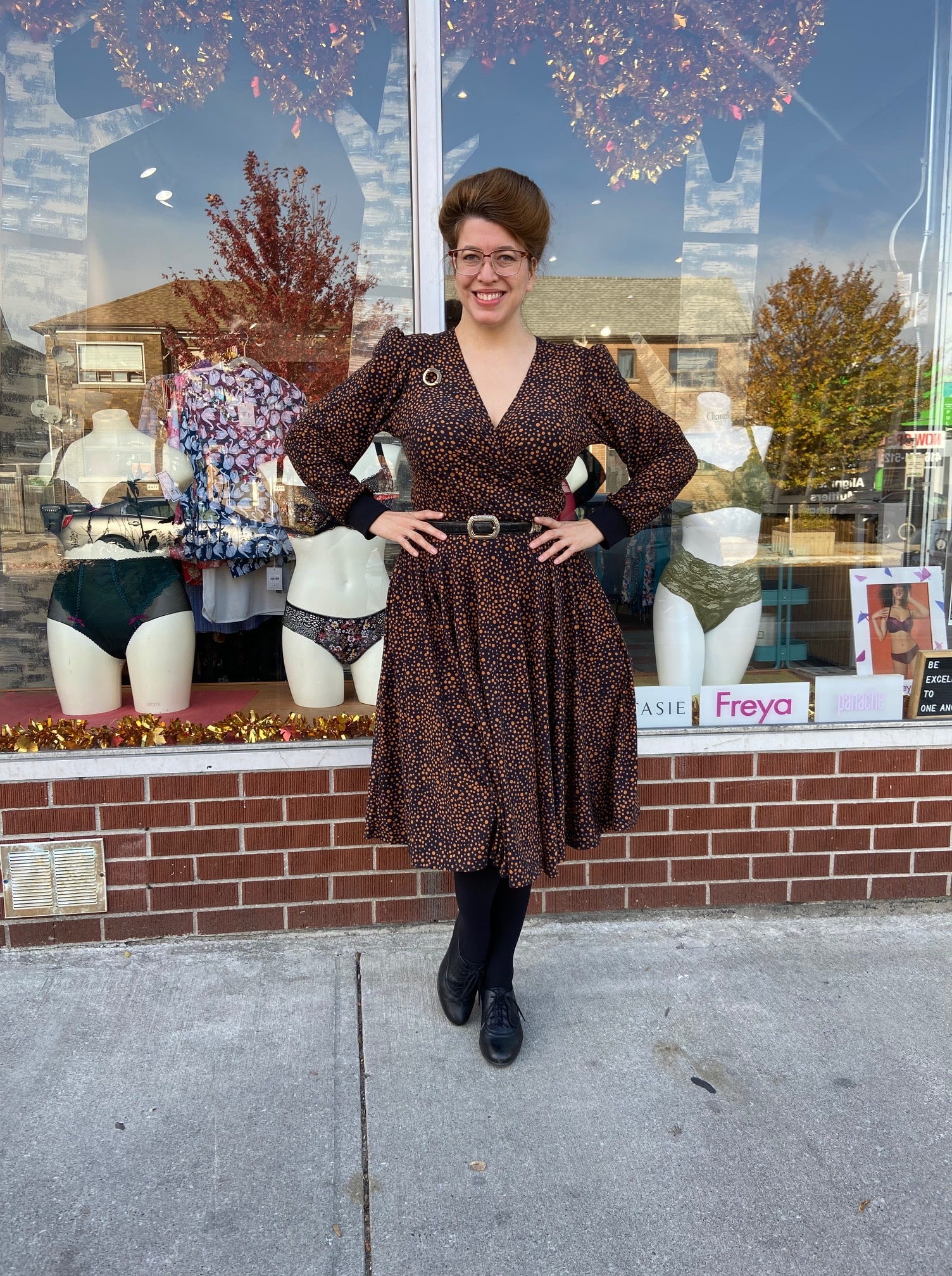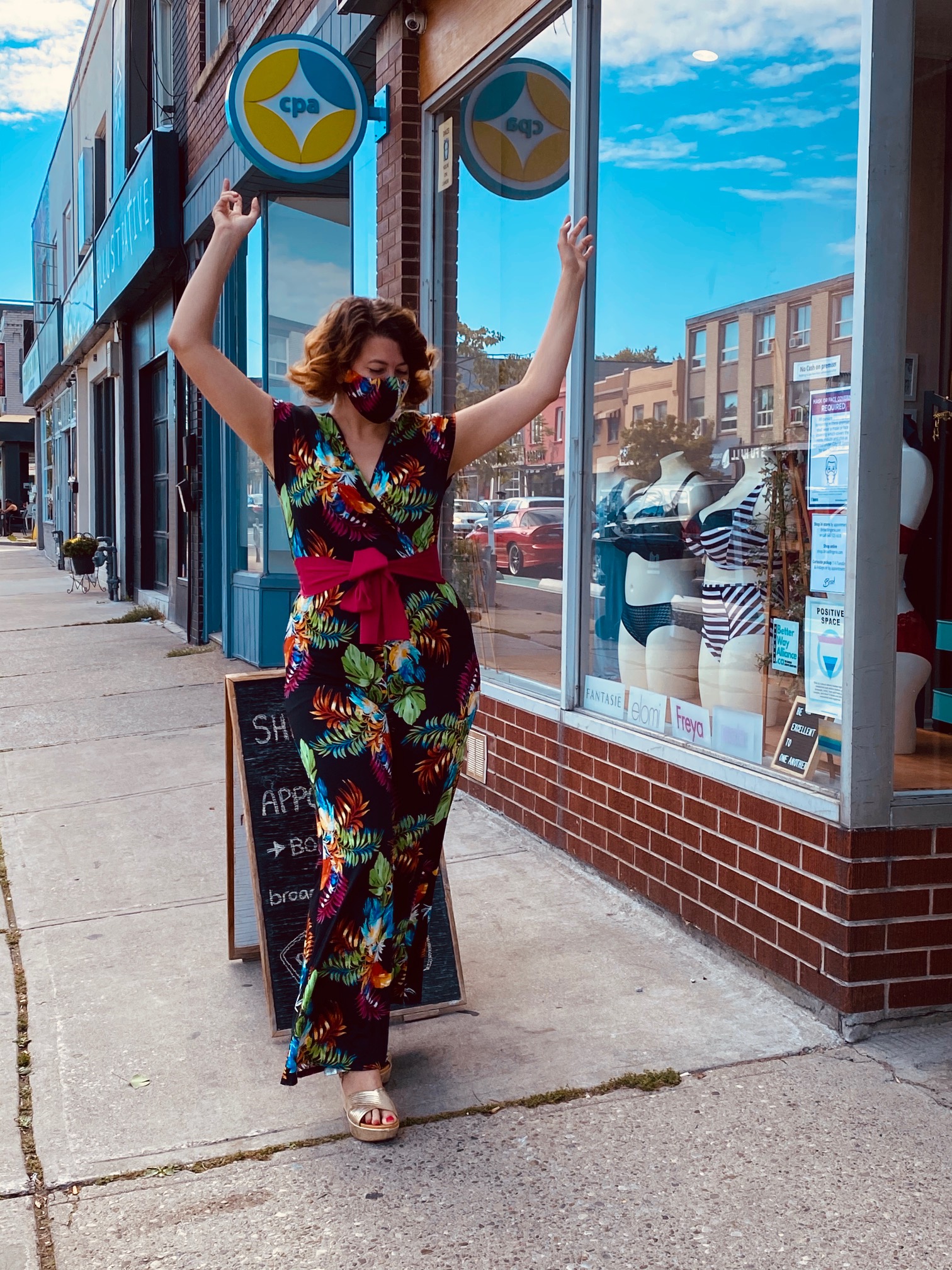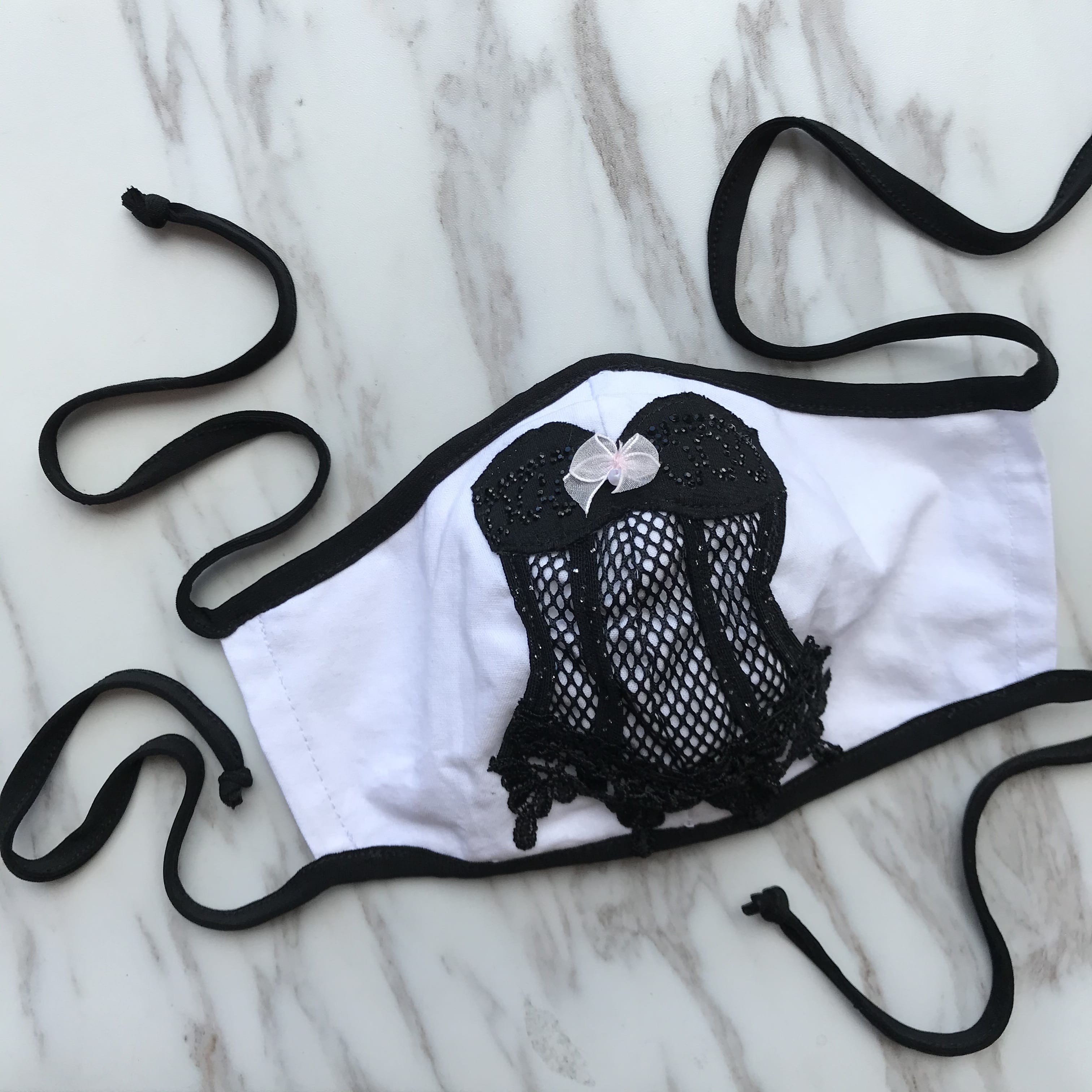How To Adjust Your Bra
Maybe you’ve had it for a few months, or maybe you just bought it last week. Your bra started off comfy but now something’s not right. What can you do? Here’s how to adjust your bra.

The BEST bra wash!
My bra is itchy.
Start with laundry. It’s always smart to wash a new bra before wearing it. This removes any starch the manufacturer may have treated it with, softening the fabric. If an older bra is giving you grief, take a look at your wash routine. Washing bras infrequently allows sweat, body oils, deodorant, etc. to build up, causing skin irritation. And when you wash your bras, go easy on the detergent — extra soap won’t make your bra more clean, but will linger in the fabric and make you itch!
If none of that applies to you, you might just have sensitive skin. (Join the club! I’ll see you at the next meeting.) In that case, ditch the itchy bra for a new one. Look for styles with soft fabric, no lace, or whatever feels good to you.
My bra feels tight.
We test bras for comfort in the fitting room, but there’s a limit to what we can know without all-day wear. If the band of a new bra feels overly snug, try adding an extender. This lengthens the bra band, giving you some breathing room until the band eases up.
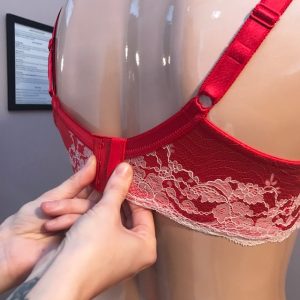
Try a tighter set of hooks.
If an older bra feels snug, your size may have changed since you first got it. An extender is an option, as long as the cups still fit well. But if the cups are also small, it’s time for a new bra. There’s another, weirder, reason a well-worn bra could feel small: it’s too big. The bra band stretches out over time, and when it’s too loose the weight of your breasts is put onto the straps. This shifts everything forward, making your bra feel tight. Try fastening your bra on a snugger set of hooks.
The underwires dig in, or move around.
If the underwire of a new bra digs in between your breasts, the wires may be too firm or not quite a perfect match for you. Some fitters (like us!) can gently bend the wires into a better shape for you, moving them away from your body slightly. I’m sure there’s a tutorial for this online, but I think it’s a trick best performed by experienced hands. Wires digging between breasts can also be a sign that the cups are too big. Without enough bust to fill out the cups and anchor the wires at the sides, they’ll tip inwards. If this is the case, you need a new bra.
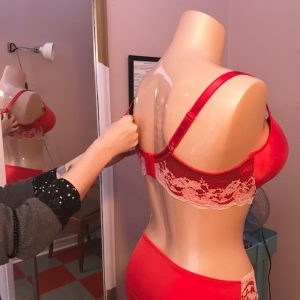
Tightening the straps a bit will make Peggy the mannequin much more comfortable.
If the underwires move around a lot, especially if they move up onto your breasts or down low onto your ribs, tighten the bra band. It should be snug enough to stay parallel to the floor instead of climbing up your back into a rainbow shape. Without a firm band to keep them in place, the underwires travel.
My bra straps slip off, or dig in.
If your straps slip, tighten them. If this doesn’t work, or if they have to be uncomfortably tight to stay put, the straps might be too wide-set for you. (If you have sloped or very petite shoulders, this will be familiar.) If you love the bra otherwise, try wearing silicone anti-slip pads on your straps. If you want a new bra, look for styles with in-set or convertible straps — a bra with a j-hook, for example, allows you to wear the straps in a racer-back shape, which is much more secure on sloped or small shoulders.
If your bra straps dig in, loosen them. If that’s no help, try tightening the band. Like I mentioned above, a loose bra band climbs up your back, leaving everything else to slide down your front. That’s a lot of work for your straps, and they’ll take it out on your shoulders.
And remember, fitters are here to help! We want you to feel comfortable and secure in your bra, so don’t be shy about asking questions or coming in for a check-up.

